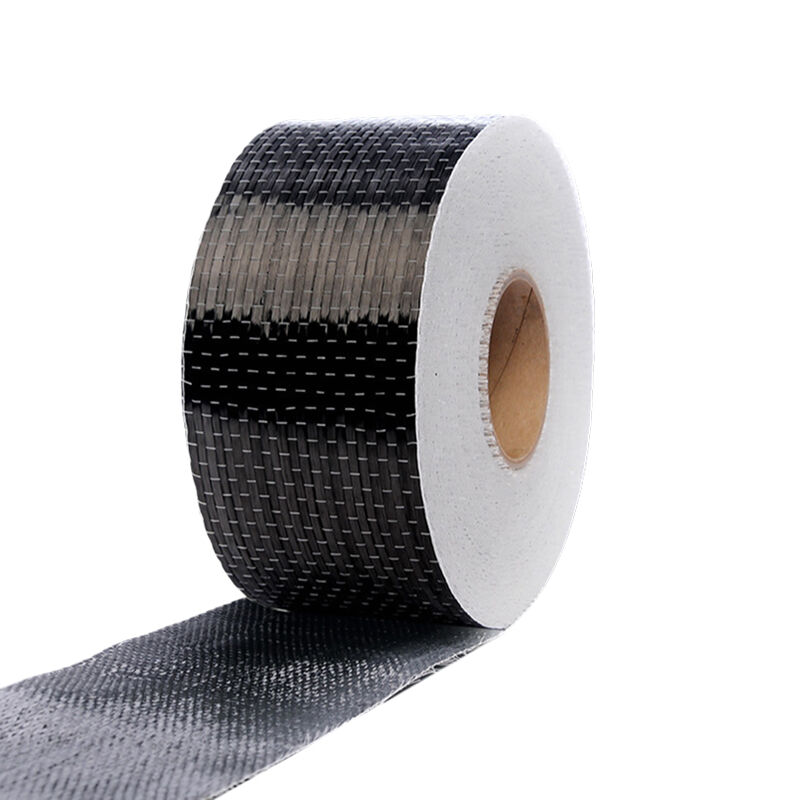
In the ever-evolving world of engineering, materials science has always been at the heart of innovation. Among the myriad of materials driving this transformation, carbon fiber stands out as one of the most influential advancements of the 21st century. With its exceptional strength-to-weight ratio, versatility, and durability, 200g carbon fiber cloth is making a profound impact across various industries, from aerospace and automotive to sports and construction. As research continues and new manufacturing techniques emerge, the role of carbon fiber in engineering is only set to expand, revolutionizing the way products are designed, produced, and used.
The Properties That Set Carbon Fiber Apart
Carbon fiber is made from thin fibers composed mostly of carbon atoms. These fibers are woven together and typically combined with a plastic polymer resin to form a composite material. The result is an incredibly lightweight yet strong material with a tensile strength much greater than steel. Despite its impressive strength, carbon fiber is significantly lighter, which makes it particularly attractive for applications where weight reduction is crucial.
The material’s other remarkable properties include its resistance to corrosion, high thermal conductivity, and the ability to withstand extreme temperatures. These qualities make it ideal for industries where performance and longevity are essential, such as in aerospace or high-performance automotive manufacturing.
Aerospace: Redefining Flight Efficiency
The aerospace industry was one of the first to adopt carbon fiber composites, and it continues to be a leading force in pushing the boundaries of its capabilities. Carbon fiber’s lightweight nature is crucial in aviation, where reducing weight can lead to substantial fuel savings, longer flight ranges, and enhanced payload capacity. The Boeing 787 Dreamliner, for example, incorporates carbon fiber composites for more than 50% of its airframe and components. This not only makes the aircraft lighter but also increases its efficiency and sustainability by reducing its carbon footprint.
In addition to enhancing fuel efficiency, carbon fiber's resilience to corrosion significantly lowers maintenance costs. This has led to a broader adoption of the material in various aircraft components, from fuselages to wing structures.
Automotive: Accelerating Performance and Sustainability
The automotive sector has also seen a marked shift toward carbon fiber. High-end sports cars, such as those produced by Ferrari, McLaren, and Lamborghini, have long used carbon fiber to reduce weight and increase speed and agility. However, carbon fiber is not just for luxury vehicles. As environmental concerns rise and stricter emissions regulations come into play, the demand for lightweight materials in mass-produced electric vehicles (EVs) is increasing.
Reducing weight is a key factor in improving the energy efficiency of EVs, as it allows for longer battery life and greater driving range. Carbon fiber is helping manufacturers meet these demands without compromising vehicle safety or performance. Moreover, advances in carbon fiber manufacturing techniques, such as automated fiber placement and resin transfer molding, are making it more cost-effective, bringing the material closer to mainstream automotive applications.
Construction: Building the Future
The use of carbon fiber in construction is another area where its impact is beginning to be felt. In civil engineering, carbon fiber-reinforced polymers (CFRP) are being used to retrofit and reinforce structures, such as bridges and buildings, to improve their strength and durability. This is especially valuable in regions prone to earthquakes or harsh environmental conditions, where traditional materials like steel or concrete may weaken over time.
CFRP is also being used in the development of innovative architectural designs, where lightweight yet durable materials are needed. The ability to mold carbon fiber into complex shapes allows architects and engineers to explore new, creative possibilities while maintaining the structural integrity of the buildings.
The Road Ahead: Challenges and Opportunities
Despite its many benefits, the widespread adoption of carbon fiber is not without challenges. One of the primary obstacles is its cost. Carbon fiber materials and manufacturing processes are still relatively expensive compared to traditional materials like steel and aluminum. However, ongoing advancements in production techniques, such as the development of automated carbon fiber weaving systems and new resin formulations, are expected to bring prices down, making the material more accessible for a broader range of industries.
As these challenges are addressed, carbon fiber’s potential in engineering will continue to grow. From making lighter, faster cars and planes to enhancing the sustainability of construction projects, carbon fiber is poised to play a pivotal role in shaping the future of engineering.
In conclusion, the integration of carbon fiber into multiple sectors represents a revolution in material science. As industries strive for greater performance, sustainability, and efficiency, carbon fiber is helping to redefine what’s possible, making the future of engineering both exciting and full of promise.
